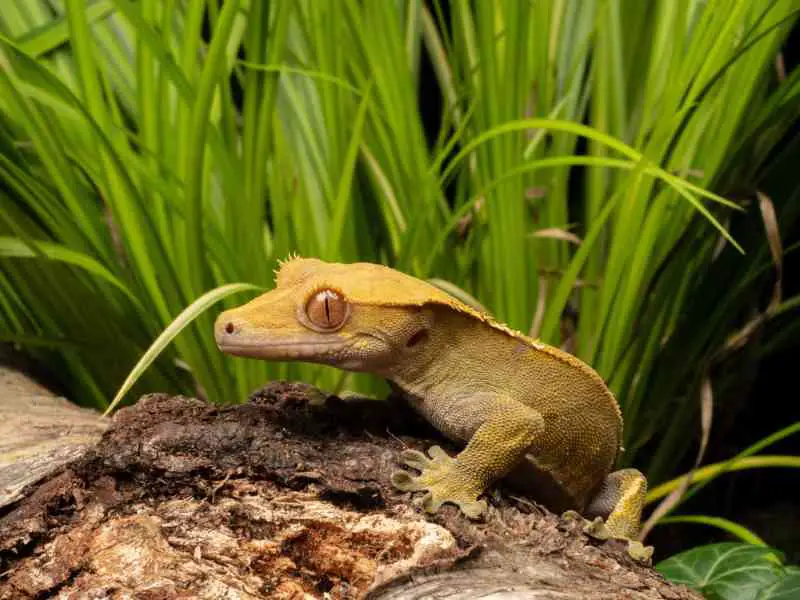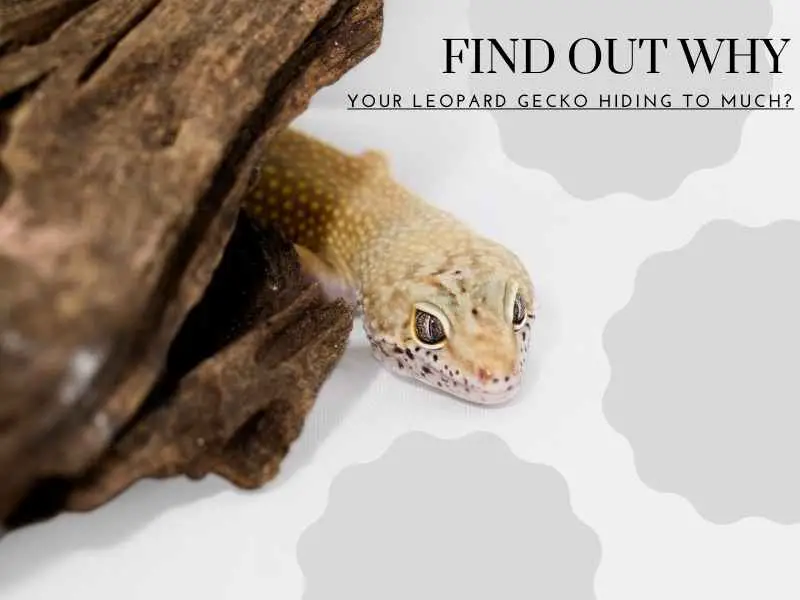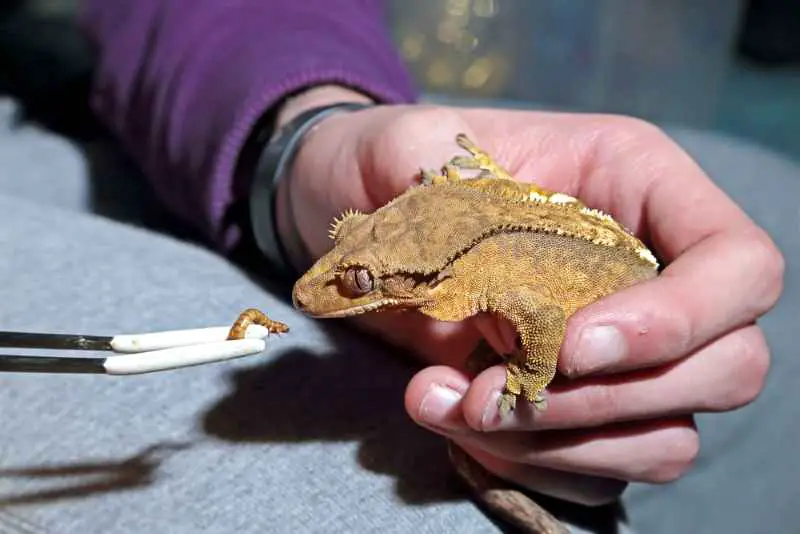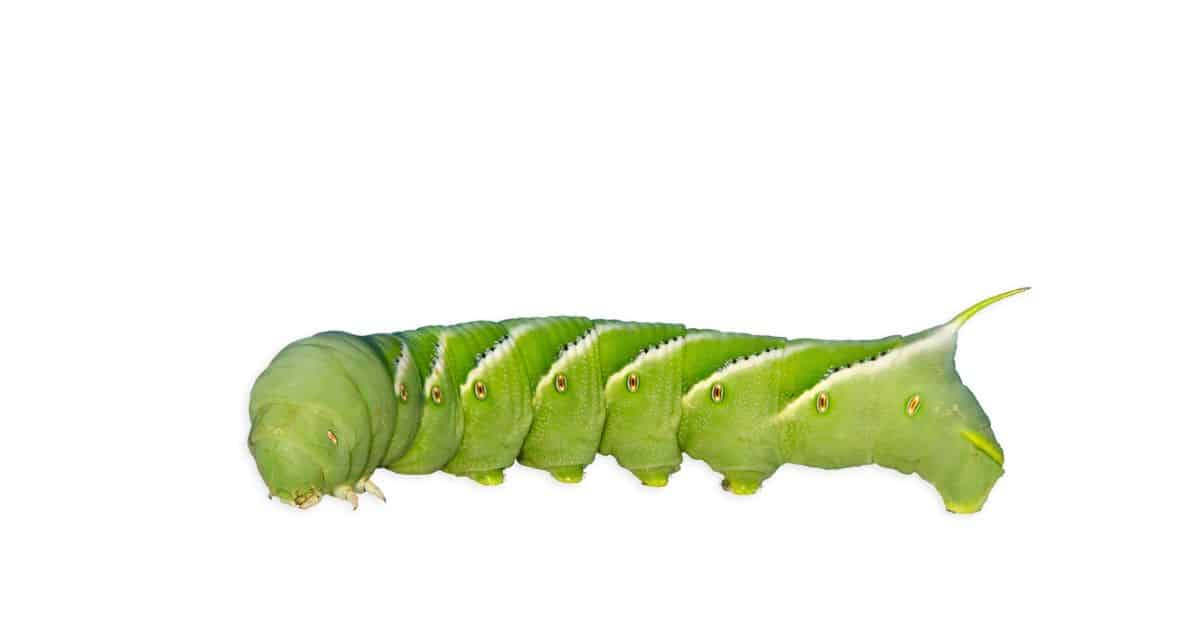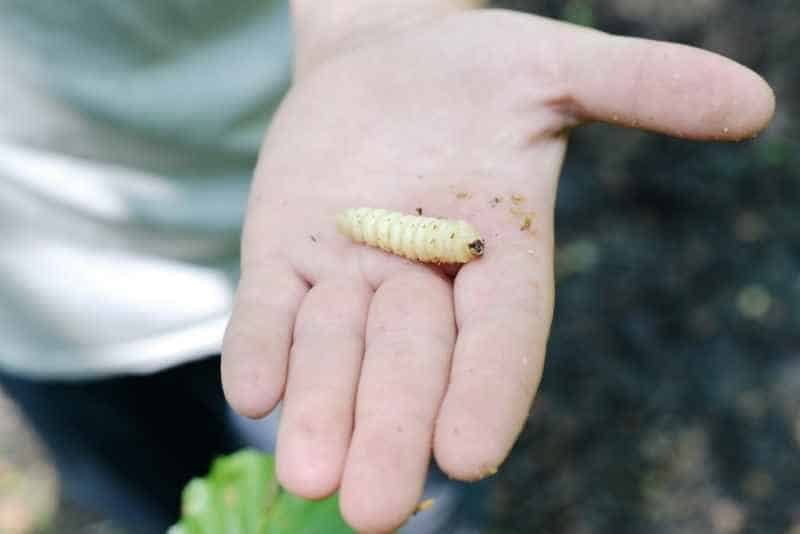Is Your Gecko Happy? How To Tell It Is or Not
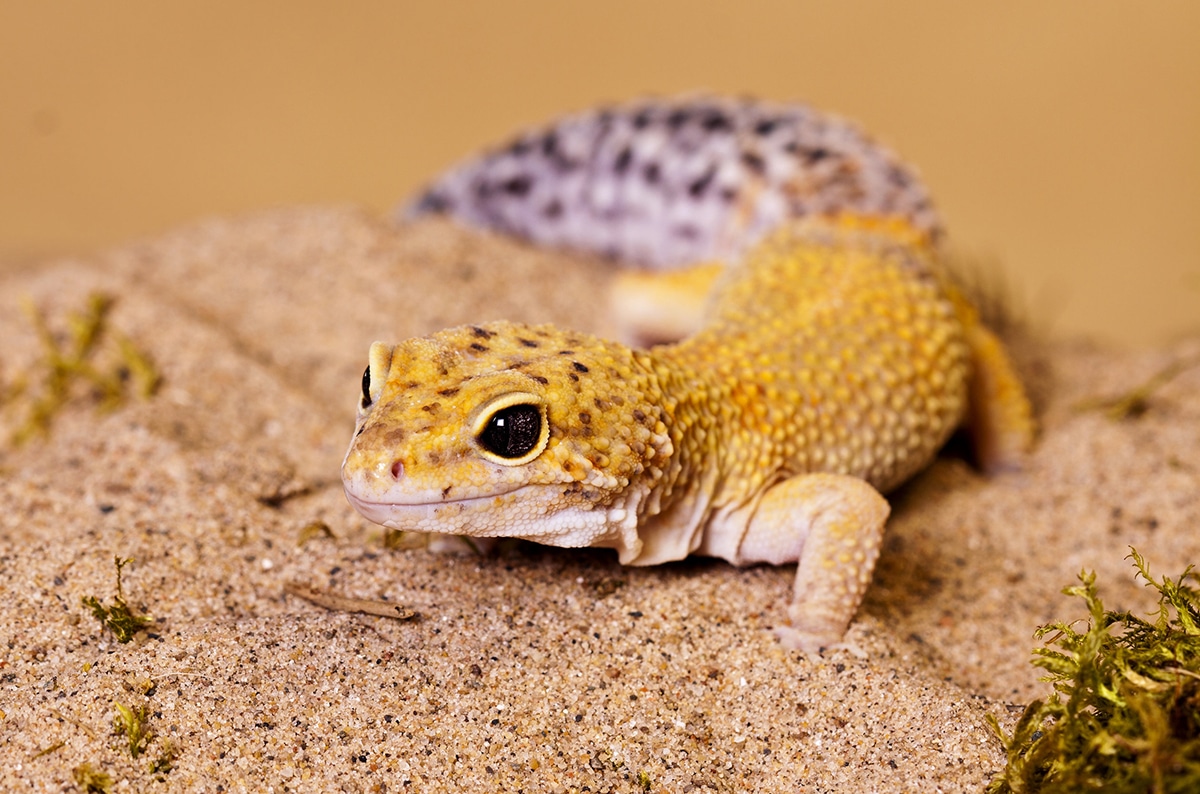
African fat-tailed geckos are growing to be among the most popular reptiles to own as pets. But it can be challenging to figure out if your AFTG is happy. If you’re a new AFTG owner, you may want to know how you can determine whether or not your gecko is content.
Here are 4 important ways to determine if your AFTG is happy or not:
1. Check if your AFTG is happy in his living space.
2. Determine if your AFTG is happy in general.
3. Check if your AFTG is healthy or not.
4. See if your AFTG is comfortable around you.
This article will take an in-depth look at how to recognize a happy and healthy African fat-tailed gecko and how to tell if your gecko feels comfortable around you. Keep reading.
Contents
1. Check if Your AFTG Is Happy in His Living Space
For your African fat-tailed gecko to be happy in his living space, you should create optimal living conditions for him.
African fat-tailed geckos come from West Africa, a hot and humid region. As pets, they’re happiest living in hot and humid enclosures with a few interspersed shady and cool places.
These geckos need at least a 10-gallon (45.46 L) terrarium with a humid area and a cool, shady section. African fat-tailed geckos enjoy tucking themselves away in cool, dry places and hot, humid hideouts, so make sure you include both.
Favorite gecko hideouts include pieces of moss, bamboo pipes, or bark.
The terrarium’s hot and humid area should be around 95°F (35°C), while the cold and dry area should be between 75 and 79°F (23.89–26.11°C).
African fat-tailed geckos love exploring their environment in the wild, and the more attractive you can make it, the better. By including different shaped wooden logs, small stones, bamboo hollows, and plenty of hanging branches to climb, your gecko will have lots to keep himself entertained.
Your AFTG needs between 10 and 12 hours of medium-intensity light each day. Many gecko owners use T5 or T8 lamps in the terrarium as these provide warm light that’s not too bright.
As long as you’ve created a terrarium similar to what I’ve just described, you set the stage for your gecko to have a long, healthy, and happy life.
2. Determine if Your AFTG Is Happy in General
Now that I’ve explored the optimal living conditions for African fat-tailed geckos, I’ll discuss how to tell if your gecko is generally happy.
Happy African fat-tailed geckos will be keen to explore their tanks and won’t spend all their time in one specific spot.
These geckos are naturally curious and enjoy exploring their environment. As long as your AFTG has an exciting array of branches, hollow bamboo tubes, and places to hide away, he’ll spend his waking hours moving around.
You might want to consider giving your gecko some hunting opportunities for additional stimulation. Using fine tweezers, introduce some crickets in different places in the terrarium for your gecko to find.
Reacting to external stimuli is another sign of a happy African fat-tailed gecko. If your gecko seems to respond to movement around his terrarium or reacts when you approach it by rushing forward, it’s a sign that he’s happy.
If your gecko feels relaxed and content in his terrarium, his movements will be fluid, smooth, and purposeful. Jerking movements and moving away from external stimuli are signs that your African fat-tailed gecko is scared and unhappy.
Some geckos flick their tongues out in a circular motion to signify happiness or desire to explore their environment.
Geckos aren’t sociable animals and do well living on their own. To give your African fat-tailed gecko the best chances at a happy life, consider giving him a terrarium he can enjoy all for himself. Living with another gecko would mean competing for food and the best warm or cool spots.
3. Check if Your AFTG Is Healthy or Not
If your African fat-tailed gecko is healthy, chances are he’ll be happy, too.
Below are some key signs that your AFTG is healthy:
- Your gecko seems to have a healthy appetite. African fat-tailed geckos love eating and will quickly gobble up any crickets you place in their enclosure. If your gecko seems enthusiastic about eating, he’ll likely be healthy as well.
- He moves around smoothly and without noticeable difficulty. If your AFTG is healthy AFTG, he shouldn’t have any apparent injuries or illnesses that prevent him from moving around quickly.
- Your AFTG balances his body temperature. You’ll notice your pet lying in a warm spot and then hide away in a cool, shady location. Since African fat-tailed geckos are cold-blooded, they need to regulate their body temperature by spending time in warm and cool places. Healthy geckos do this regularly throughout the day.
- Your AFTG looks alert. Healthy African fat-tailed geckos look alert when awake. Wide-open eyes, plenty of movement, and responsiveness are signs of an alert gecko. Make it a habit to observe your pet from time to time, preferably during different times of the day.
- Your gecko sleeps a lot. You might become concerned if your AFTG sleeps a lot. However, since AFTGs are crepuscular animals, they’re only active for a short period every day, and it’s entirely normal for them to spend the rest of their time sleeping.
If your African fat-tailed gecko spends his waking hours not moving around a lot and with his eyes half-closed, he could be ill or stressed. It’s always best to take your gecko to the vet if you believe he might be ill.
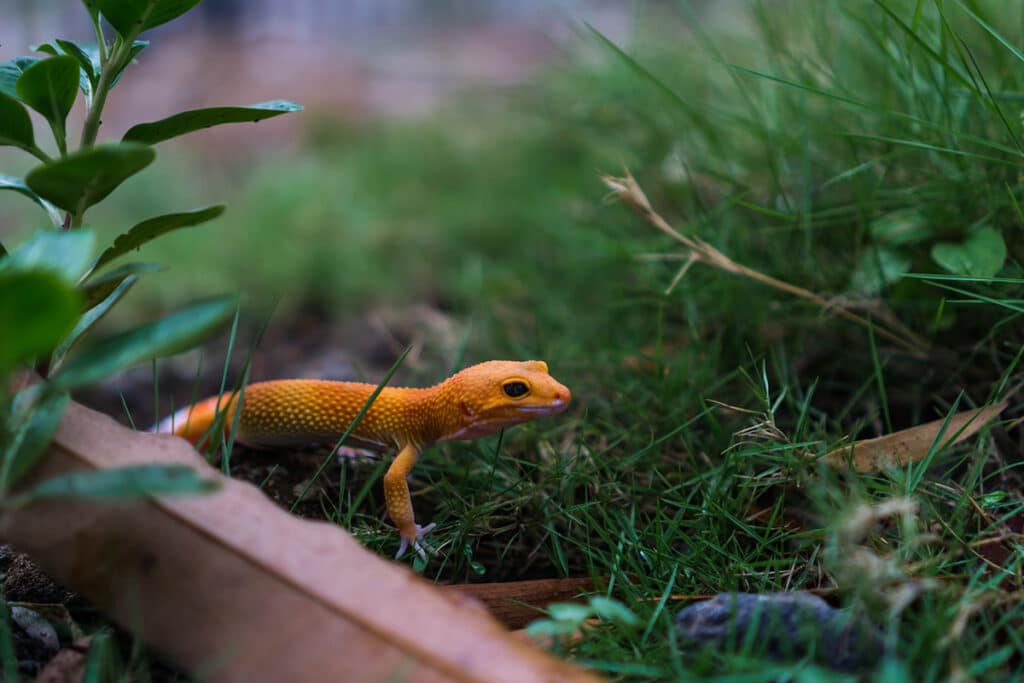
4. See if Your AFTG Is Comfortable Around You
African fat-tailed geckos are docile and peaceful by nature.
A happy AFTG won’t mind being handled, but it needs to become used to being handled from a young age.
If you’ve just acquired your African fat-tailed gecko, remember that, just like human beings, your gecko may take a while to become comfortable around you.
By gently handling your gecko for short, 15-minute intervals twice a week, he’ll get used to you. Make sure your hands are warm before handling your gecko—geckos prefer warm palms.
After a few weeks, you can handle your AFTG three times a week and then gradually decrease the intervals until you handle him every day. By this time, your gecko should feel comfortable around you; if not, there could be a problem with his living space, or he’s unhappy with you handling him roughly.
Like other animals, African fat-tailed geckos enjoy feeding time. Consider tong feeding your gecko with crickets so that he associates you with a positive experience.
A telltale sign that AFTGs feel comfortable around their owners is if they run to the front of their enclosure upon noticing their owners. Also, if they don’t wave their tails (a sign of unhappiness or aggression) when being handled, that means they’re likely feeling friendly.
